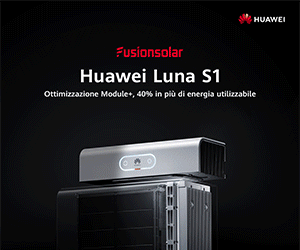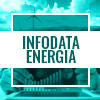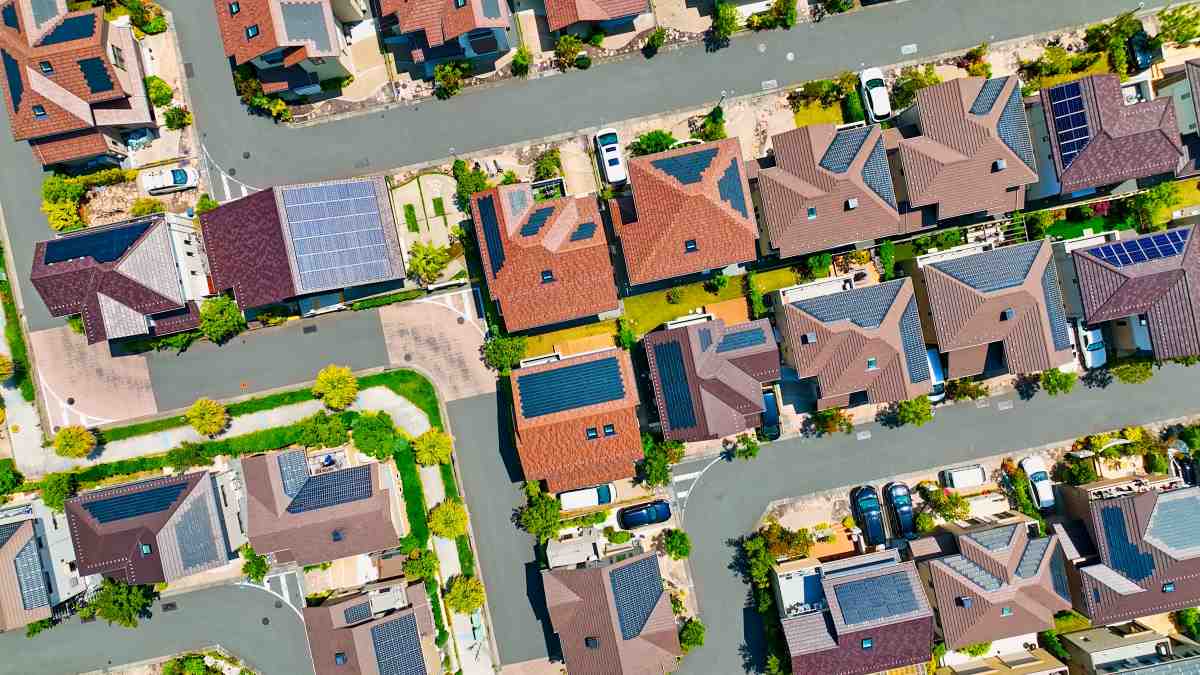Solarexpo, the annual appointment in Italy for the green industry took place in Milan last week (April 8th-10th). Over 3 days, the event gathered operators from 56 countries, new technologies, a rich convention agenda with symposia and workshops (this year over 300 speakers) and the possibility to meet the energy authorities. The core of the event focuses on solar energy but it has expanded to green mobility, smart grids and domestic appliances.
As for the PV industry, the event represents the shift for overcoming the difficulties resulted from unfavourable regulations into new areas of business. After last edition, when the ratio of new installations was dropping and many operators were forced to close their business, operators look now confident for a prompt reborn of the industry.
During the last years, the photovoltaic market in the “Bel Paese“ suffered from regulation which undermined the whole industry: subsidies to new installations got stopped, ongoing feed in tariffs got retroactively reduced (“spalma-incentivi“) and PV systems got applicable for municipal real estate tax (IMU). Many operators refer to such measures as an earthquake that undermined the credibility of the Italian market.
One year later, over 250 companies and 10.100 operators are looking into new areas of business for making Italy, one of the pioniering countries for installing MWs without any subsidy schemes. Despite the averse regulations, in 2014, 400 MW got installed in Italy proving that the market is still alive and able to compete with the public utilities. Recently, the International Energy Agency placed Italy as the first country worldwide to produce through photovoltaic 7,9% of the annual electricity demand (followed by Greece and Germany – 2014 Snapshot of Global PV Markets).
How is the PV Market in Italy reacting to the crisis?
According to eLeMeNS, an independent consulting firm focusing on the energy sector, Italy could be the playground for about 10 GW of new installations in the next 5 years. At Solarexpo most of the symposia focused on the regulation for qualifying PV plants as “self consumption”. Self consumption, together with 50% fiscal deduction for the new installation and the 75% components’ price fall for installing a PV system, will be the triggers for boosting the Italian market.
According to Luca Zingale, Scientific Director of SolarExpo, the upcoming years will represent a market revolution. It is difficult to estimate whether Italy will experience such a solar driven development. At Solarexpo operators were not questioning authorities for public subsidies but rather for stability in the regulation. Only a transparent communication between operators and authorities will make the Italian PV market shine again.
Fabio Sandrin, Country Manager Italy Milk the Sun GmbH


































